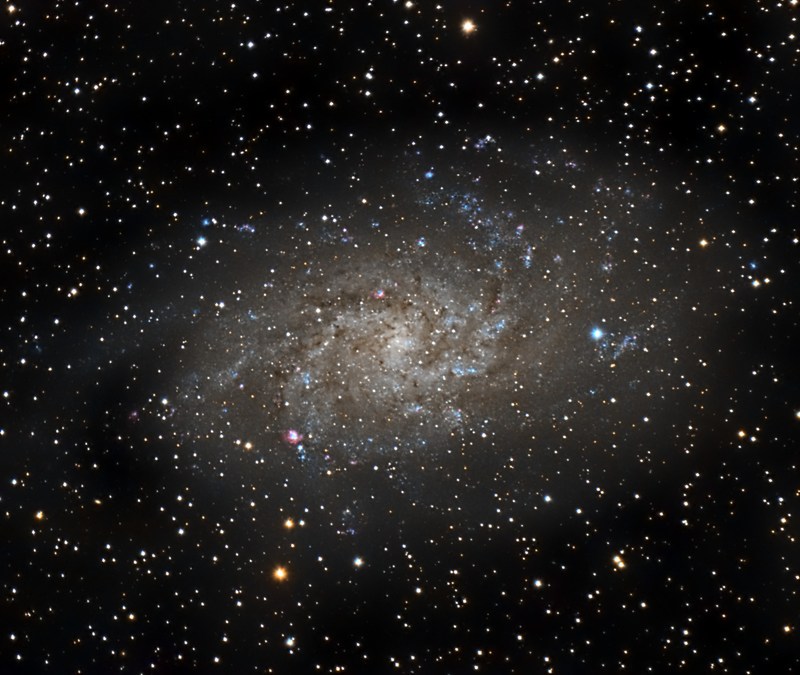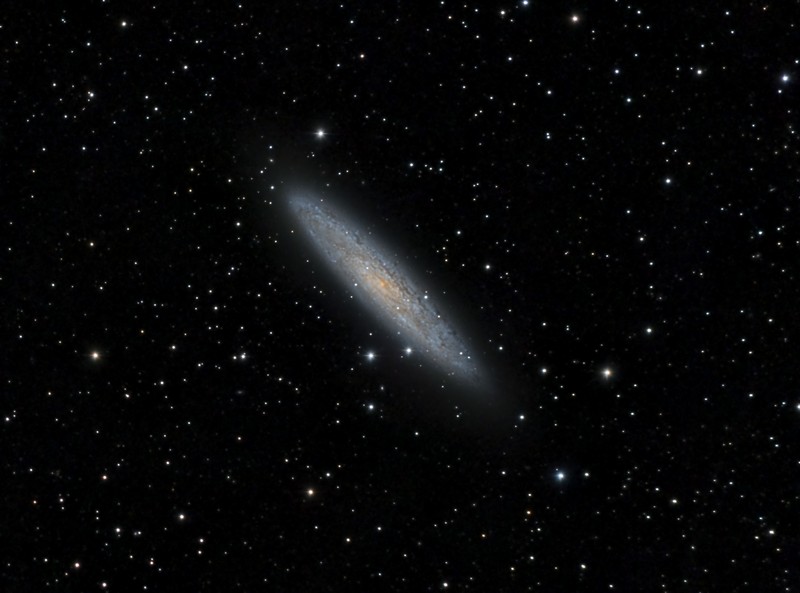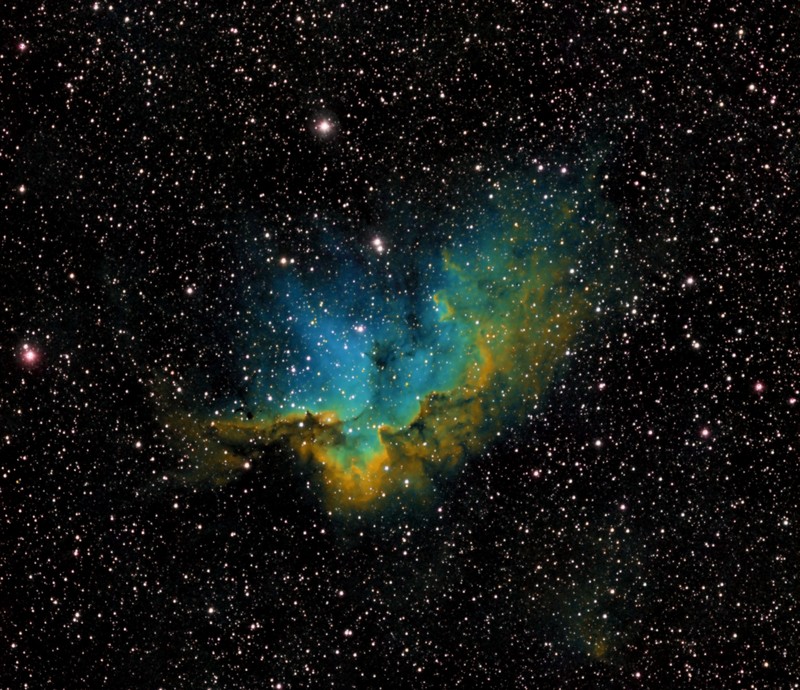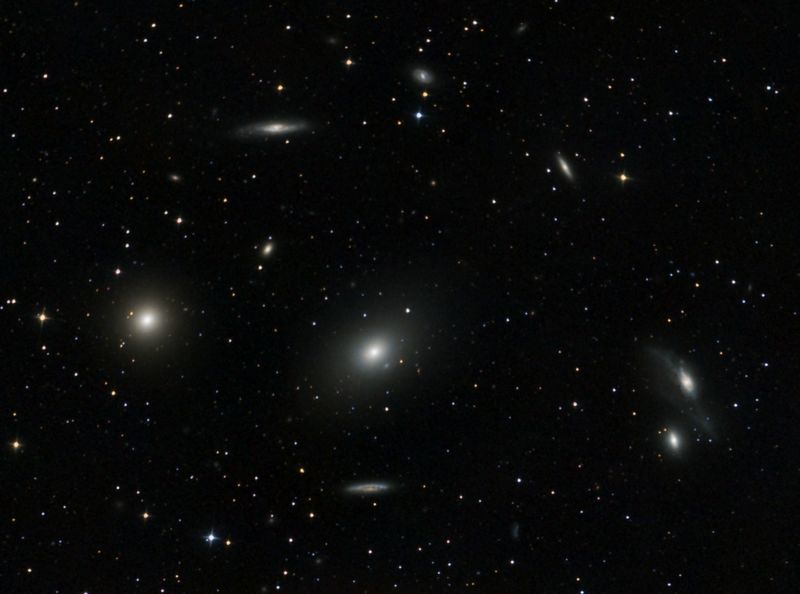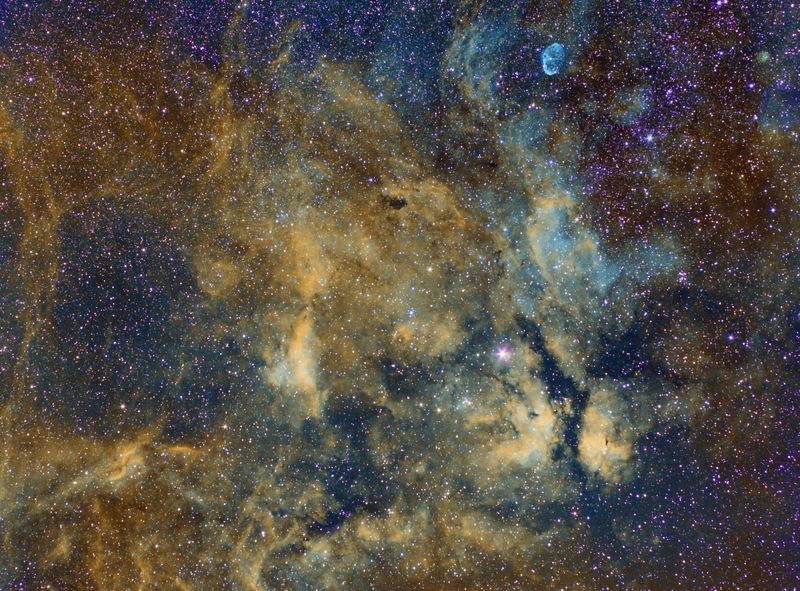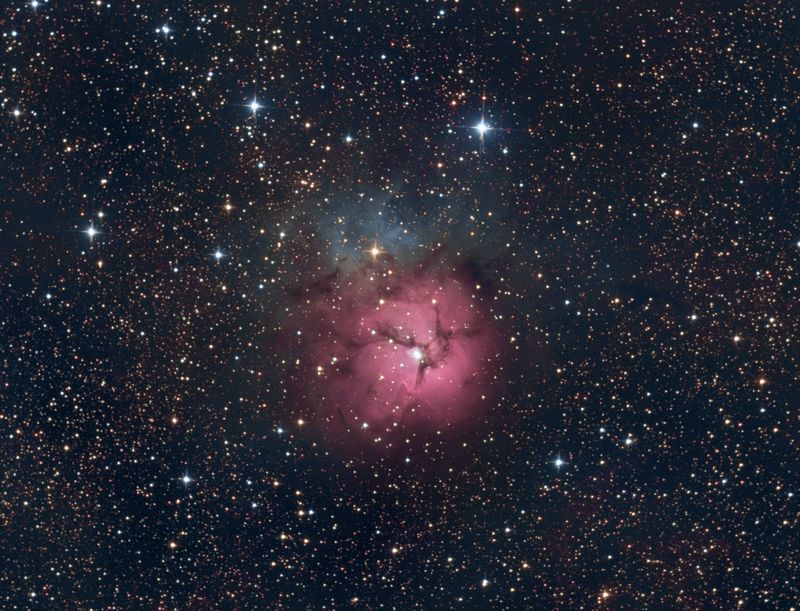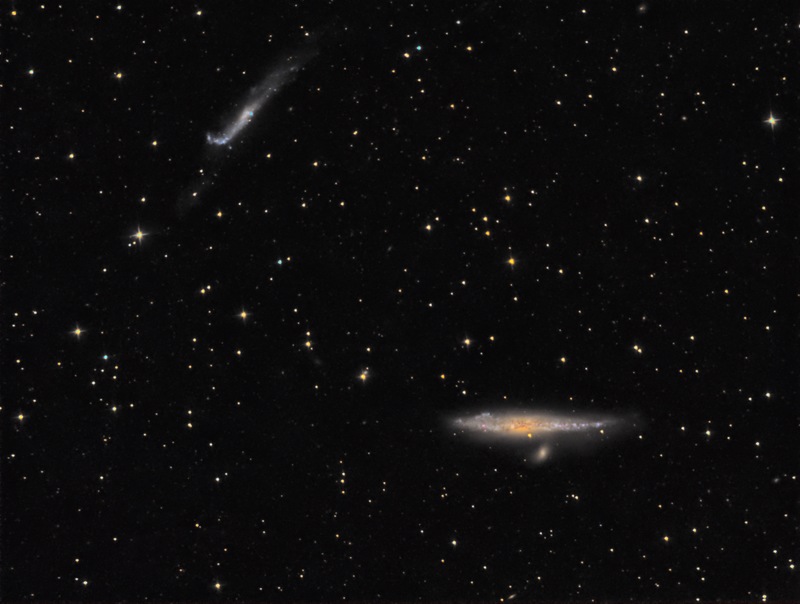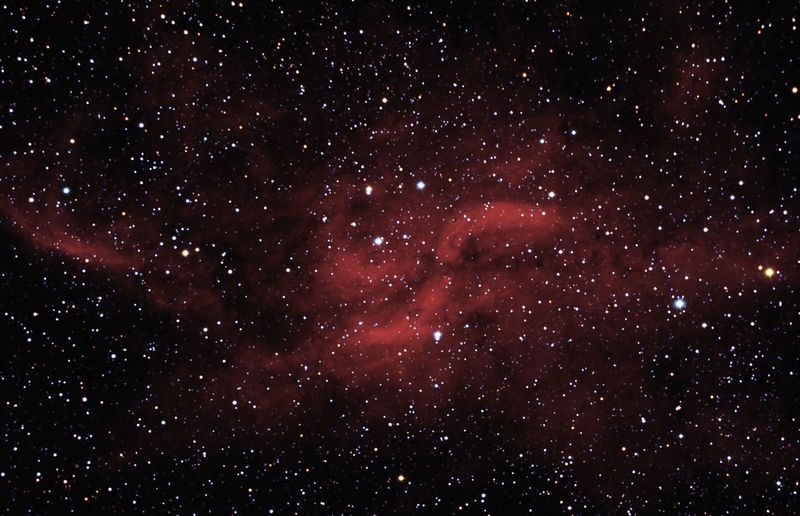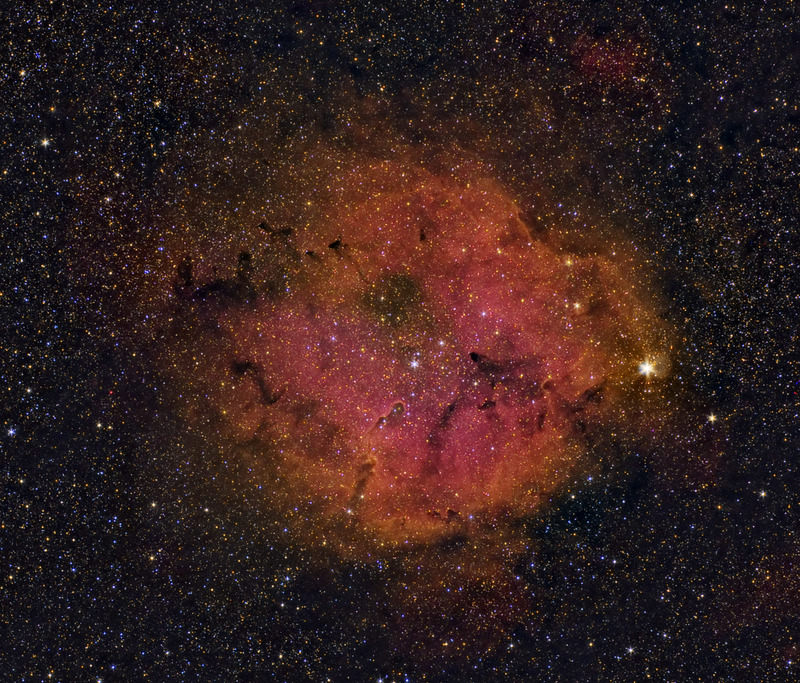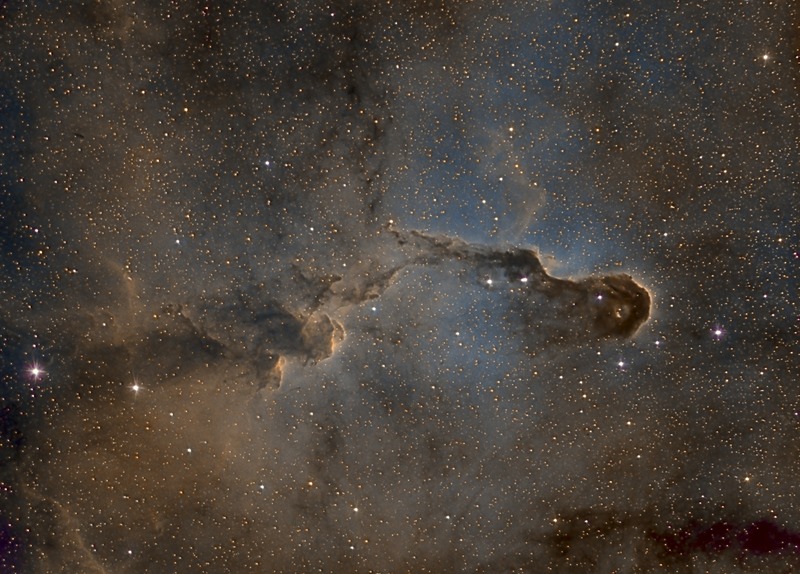Triangulum Galaxy - M33
Description
The Triangulum Galaxy is a spiral galaxy approximately 3 million light-years (ly) from Earth in the constellation Triangulum. It is catalogued as Messier 33 or NGC 598, and is sometimes informally referred to as the Pinwheel Galaxy, a nickname it shares with Messier 101.
The Triangulum Galaxy is the third-largest member of the Local Group of galaxies, which includes the Milky Way, the Andromeda Galaxy and about 44 other smaller galaxies. It is one of the most distant permanent objects that can be viewed with the naked eye.
Equipment and processing
Telescope: Meade SN6
Mount: Orion Atlas
Camera: ST 8300M
Filters: Baader LRGB
Guiding: PHD
Processing: PixInsight
Capture software: Maxim
Exposures: LRGB: 8x600
Location: Hatteras,NC
